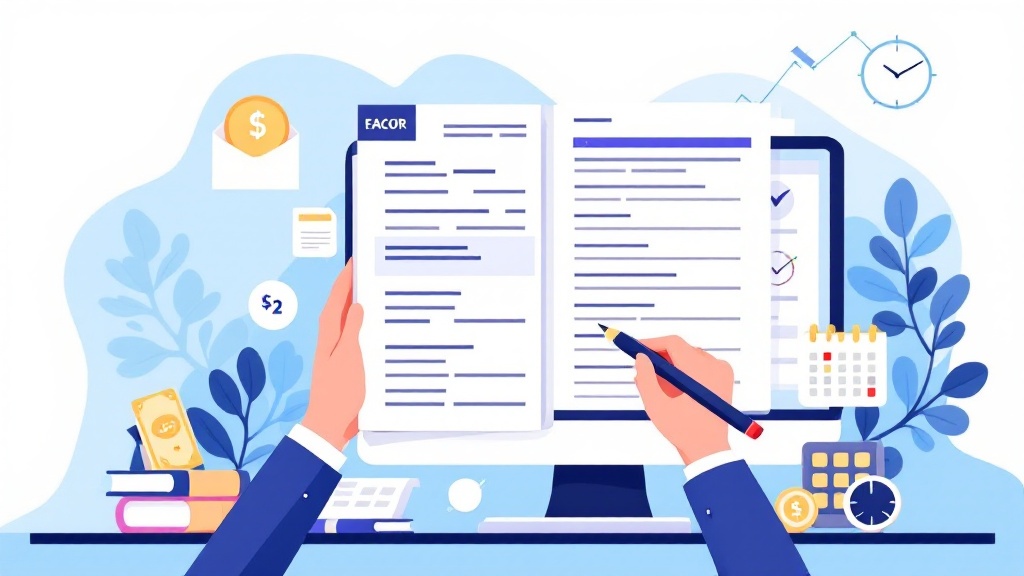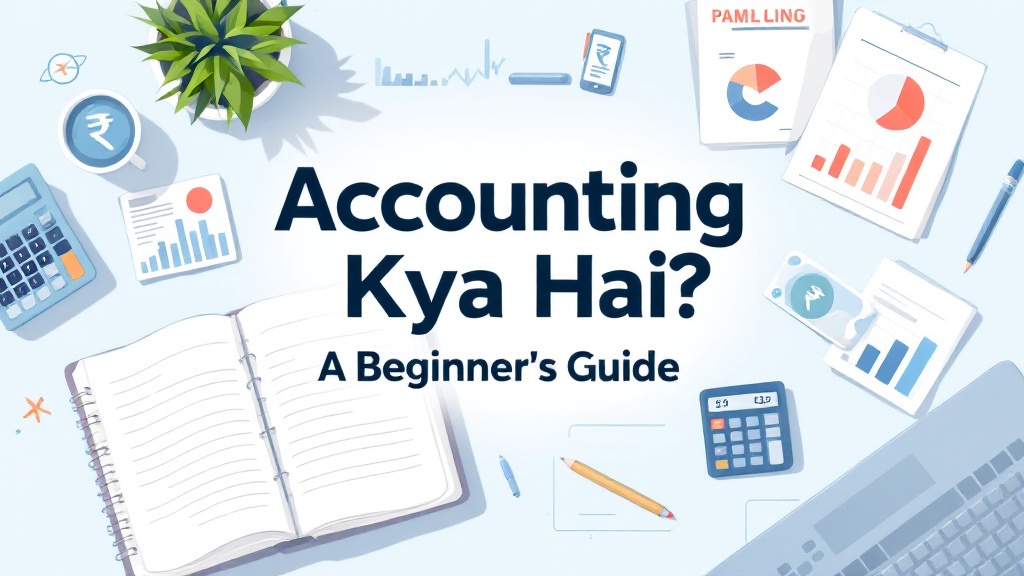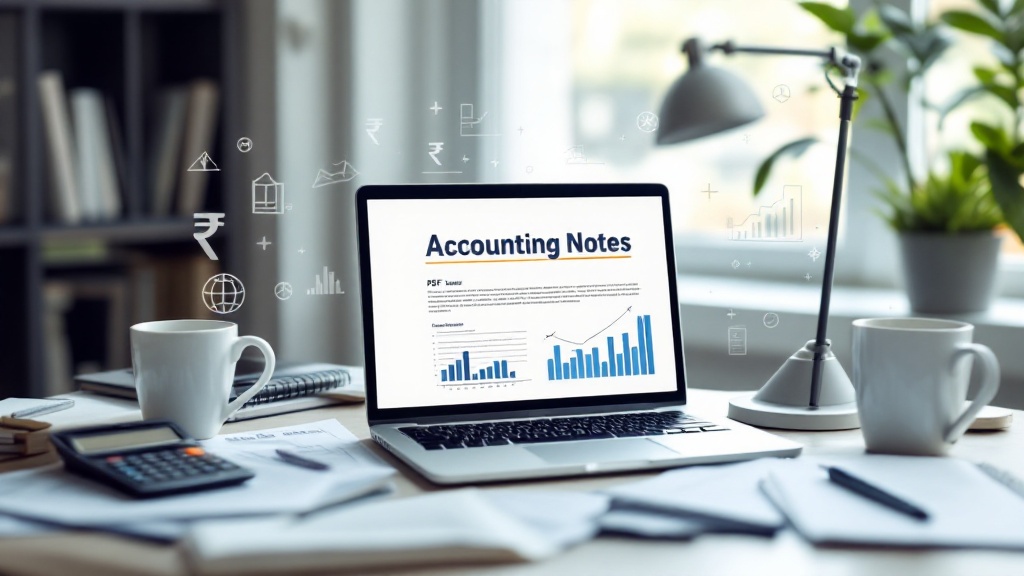CA Paper Pattern: A Complete Guide for Aspiring Chartered Accountants
Table of Contents
Most Read
Introduction
[fusion_dropcap class="fusion-content-tb-dropcap"]B[/fusion_dropcap]ecoming a Chartered Accountant (CA) is a dream for many commerce students in India and around the world. But before you start your journey, it’s essential to understand the CA paper pattern thoroughly. Having a clear idea of the exam structure can boost your preparation strategy and increase your chances of success.
In this guide, we will break down the latest CA paper pattern across all levels—Foundation, Intermediate, and Final—in a simple, easy-to-understand manner. Whether you are a student just starting out or a parent wanting to support your child, this article will serve as your complete handbook.
Overview of the CA Course
The Chartered Accountancy course is divided into three main stages:
- CA Foundation
- CA Intermediate
- CA Final
Each level has its own set of subjects, paper patterns, and evaluation methods. Candidates must clear each level successfully to move ahead.
Before diving into the detailed CA paper pattern, let’s quickly glance at the course progression:
| Stage | Eligibility | Mode of Examination |
|---|---|---|
| CA Foundation | After Class 12 (Commerce Stream) | Offline (Pen-Paper) |
| CA Intermediate | After clearing Foundation or Graduation | Offline (Pen-Paper) |
| CA Final | After completing Intermediate + Training | Offline (Pen-Paper) |
CA Foundation Paper Pattern
1. Exam Structure
The CA Foundation is the entry-level examination conducted by the Institute of Chartered Accountants of India (ICAI). The paper pattern is designed to test both theoretical knowledge and practical application.
Subjects and Marks Distribution:
| Paper No. | Subject Name | Maximum Marks | Type of Exam |
|---|---|---|---|
| Paper 1 | Principles and Practice of Accounting | 100 | Descriptive (Subjective) |
| Paper 2 | Business Laws and Business Correspondence | 100 | Descriptive (Subjective) |
| Paper 3 | Business Mathematics, Logical Reasoning, and Statistics | 100 | Objective (MCQ) |
| Paper 4 | Business Economics and Business & Commercial Knowledge | 100 | Objective (MCQ) |
2. Key Highlights
- Duration: 3 hours for each paper.
- Negative Marking: For objective papers (Paper 3 and Paper 4), 0.25 marks are deducted for every wrong answer.
- Passing Criteria: Minimum 40% in each paper and an aggregate of 50% overall.
Pro Tip: Focus equally on subjective and objective papers. Time management is crucial as subjective papers demand detailed writing, while MCQ papers require quick thinking.
CA Intermediate Paper Pattern
1. Exam Structure
After clearing the Foundation, students step into the CA Intermediate level, which is considered the toughest stage by many aspirants.
The Intermediate course is divided into two groups, each containing four papers.
Subjects and Marks Distribution:
| Group | Paper No. | Subject Name | Maximum Marks | Type of Exam |
|---|---|---|---|---|
| I | Paper 1 | Accounting | 100 | Descriptive |
| Paper 2 | Corporate and Other Laws | 100 | Descriptive | |
| Paper 3 | Cost and Management Accounting | 100 | Descriptive | |
| Paper 4 | Taxation | 100 | Descriptive + MCQ (30%) | |
| II | Paper 5 | Advanced Accounting | 100 | Descriptive |
| Paper 6 | Auditing and Assurance | 100 | Descriptive | |
| Paper 7 | Enterprise Information Systems and Strategic Management | 100 | Objective (MCQ) + Descriptive | |
| Paper 8 | Financial Management and Economics for Finance | 100 | Objective (MCQ) + Descriptive |
2. Key Highlights
- Duration: 3 hours for each paper.
- MCQs: Some papers have a 30% MCQ component without negative marking.
- Passing Criteria: Minimum 40% in each paper and an aggregate of 50% in each group.
Pro Tip: Attempt MCQs carefully—although there’s no negative marking at Intermediate level for MCQs, accuracy helps secure extra marks.
CA Final Paper Pattern
1. Exam Structure
The CA Final is the last and most comprehensive level of the CA journey. It demands a deep understanding of accounting, audit, laws, and strategic management.
The Final level also consists of two groups with a total of eight papers.
Subjects and Marks Distribution:
| Group | Paper No. | Subject Name | Maximum Marks | Type of Exam |
|---|---|---|---|---|
| I | Paper 1 | Financial Reporting | 100 | Descriptive |
| Paper 2 | Strategic Financial Management | 100 | Descriptive | |
| Paper 3 | Advanced Auditing and Professional Ethics | 100 | Descriptive | |
| Paper 4 | Corporate and Economic Laws | 100 | Descriptive + MCQ | |
| II | Paper 5 | Strategic Cost Management and Performance Evaluation | 100 | Descriptive |
| Paper 6 | Elective Paper (Open Book Exam) | 100 | Open Book | |
| Paper 7 | Direct Tax Laws and International Taxation | 100 | Descriptive + MCQ | |
| Paper 8 | Indirect Tax Laws | 100 | Descriptive + MCQ |
Elective Paper Choices (Paper 6):
- Risk Management
- Financial Services and Capital Markets
- International Taxation
- Economic Laws
- Global Financial Reporting Standards
- Multidisciplinary Case Study
2. Key Highlights
- Duration: 3 hours per paper.
- Open Book Exam: Only for the Elective Paper (Paper 6).
- MCQs: In papers involving laws and taxation, MCQs are a component (30%).
- Passing Criteria: 40% minimum per subject and 50% aggregate per group.
Pro Tip: The open book exam may seem easy, but it requires extensive preparation. Familiarity with your study material is essential for quick reference.
Key Points to Remember for All Levels
- Exam Mode: Offline, pen and paper-based.
- Medium: English or Hindi (optional).
- Exam Frequency: Held twice a year—May and November.
- Registration: Early registration is recommended to allow enough time for preparation.
How to Tackle the CA Paper Pattern Smartly
Here are some smart tips to adapt to the CA paper pattern effectively:
- Master the Syllabus: The syllabus is vast. Focus on important topics but don’t ignore small chapters—they often carry valuable marks.
- Practice Past Papers: Solving previous years’ question papers can give you a feel of the actual exam.
- Mock Tests: Appear for ICAI mock tests to assess your preparation and improve time management.
- Revise Strategically: Instead of trying to cover everything last minute, plan three rounds of revisions before the exams.
- Stay Updated: ICAI occasionally introduces changes in the syllabus or pattern. Always check the official ICAI notifications.
Conclusion
Understanding the CA paper pattern is your first step towards building a successful CA career. Whether you are at the Foundation, Intermediate, or Final stage, a smart approach combined with hard work can make your CA journey smooth.
Remember, the CA course is not just about clearing exams—it’s about developing skills that will make you a true finance professional.
So, gear up, set your goals, and start your preparation with full dedication!
Best of luck, future Chartered Accountants!
Visit Our Website : Accounting24.in









